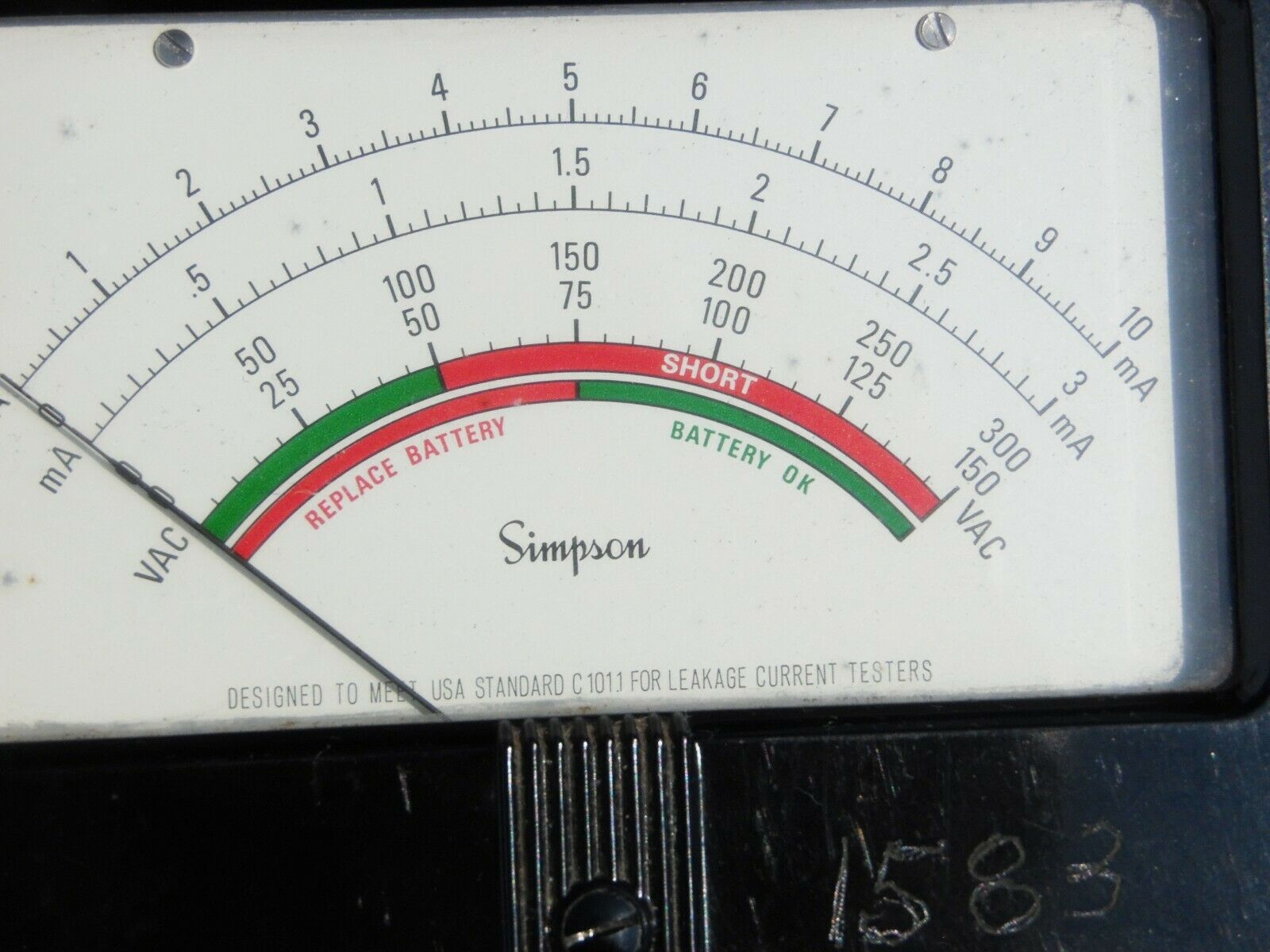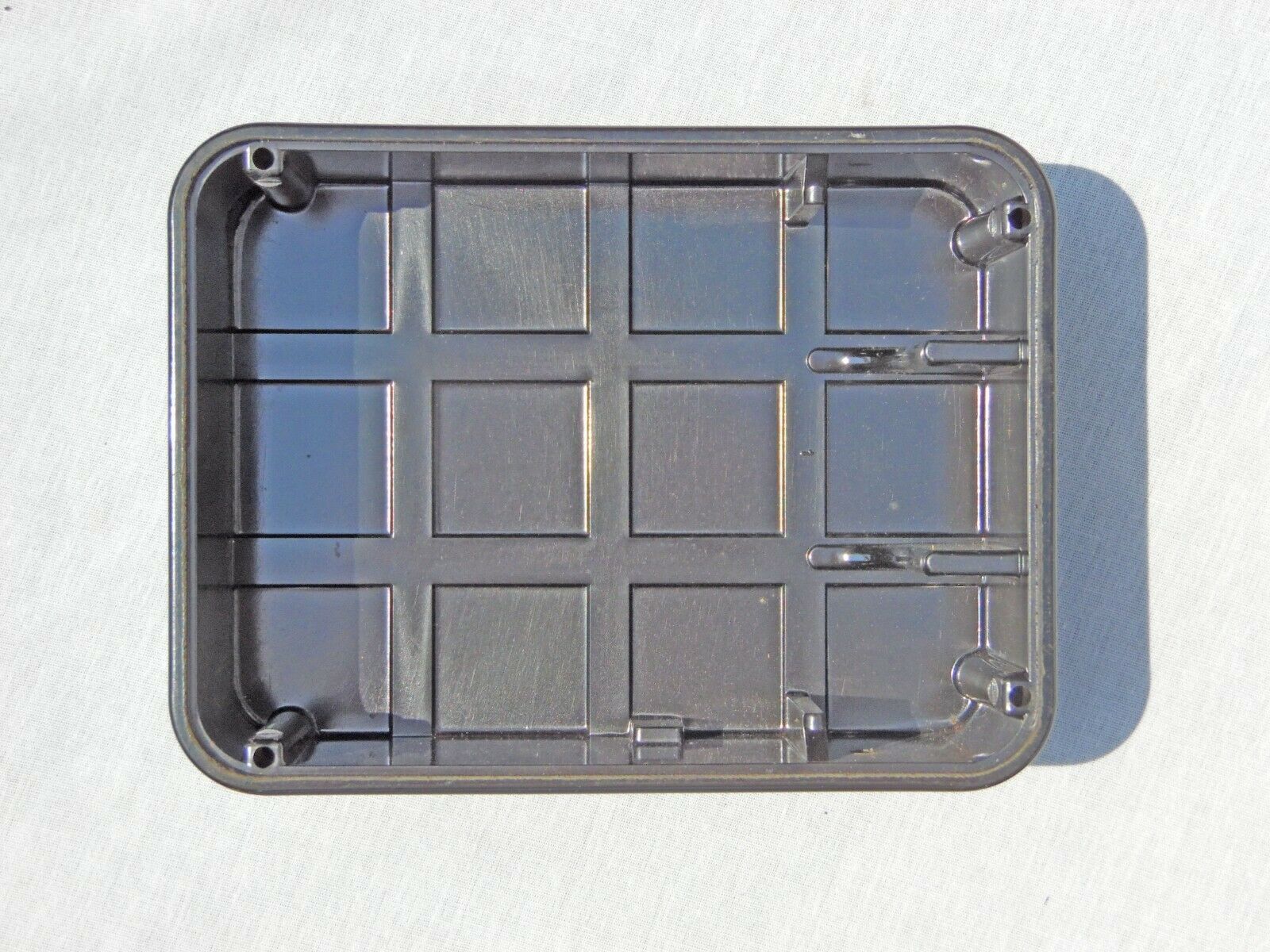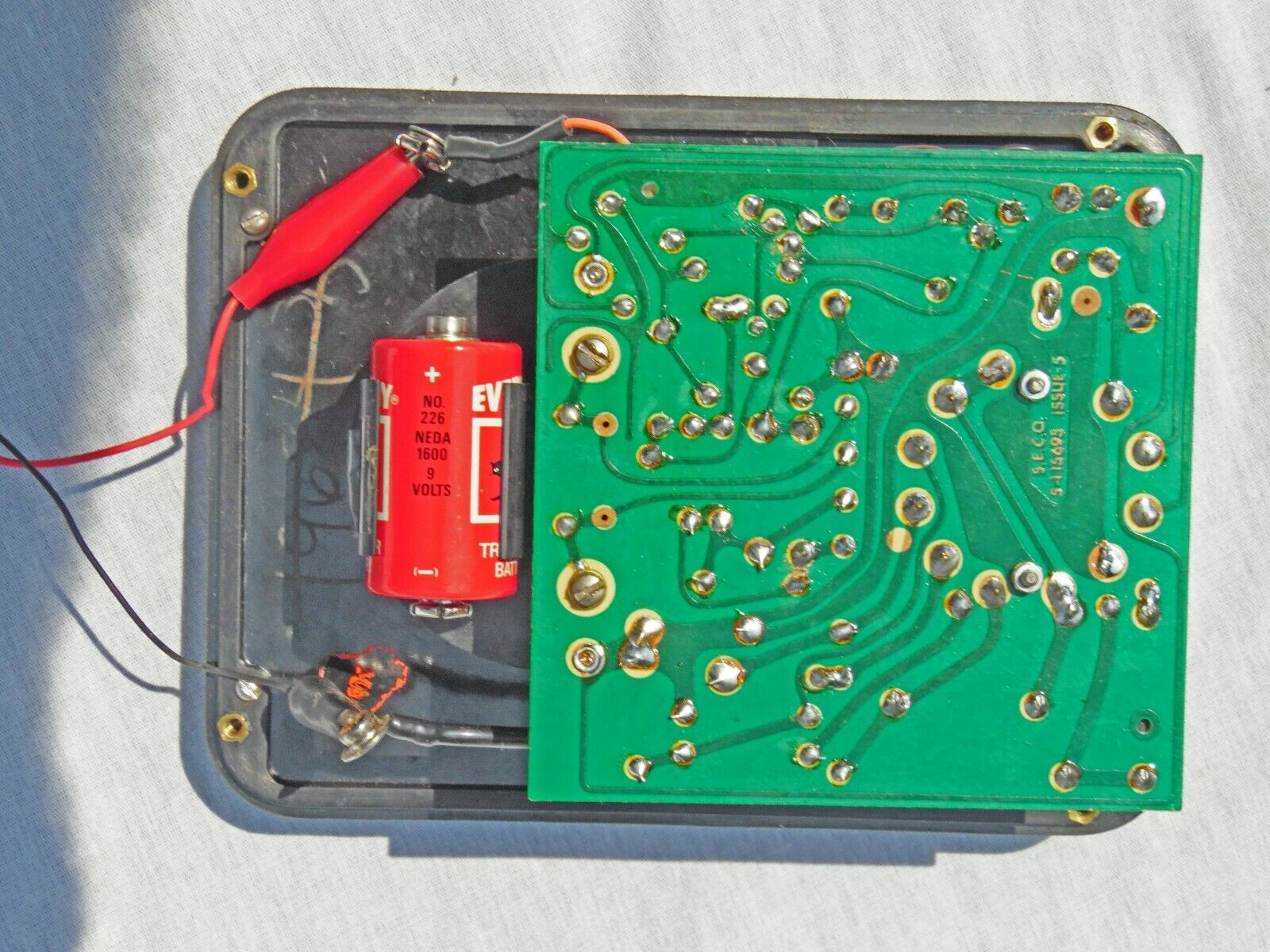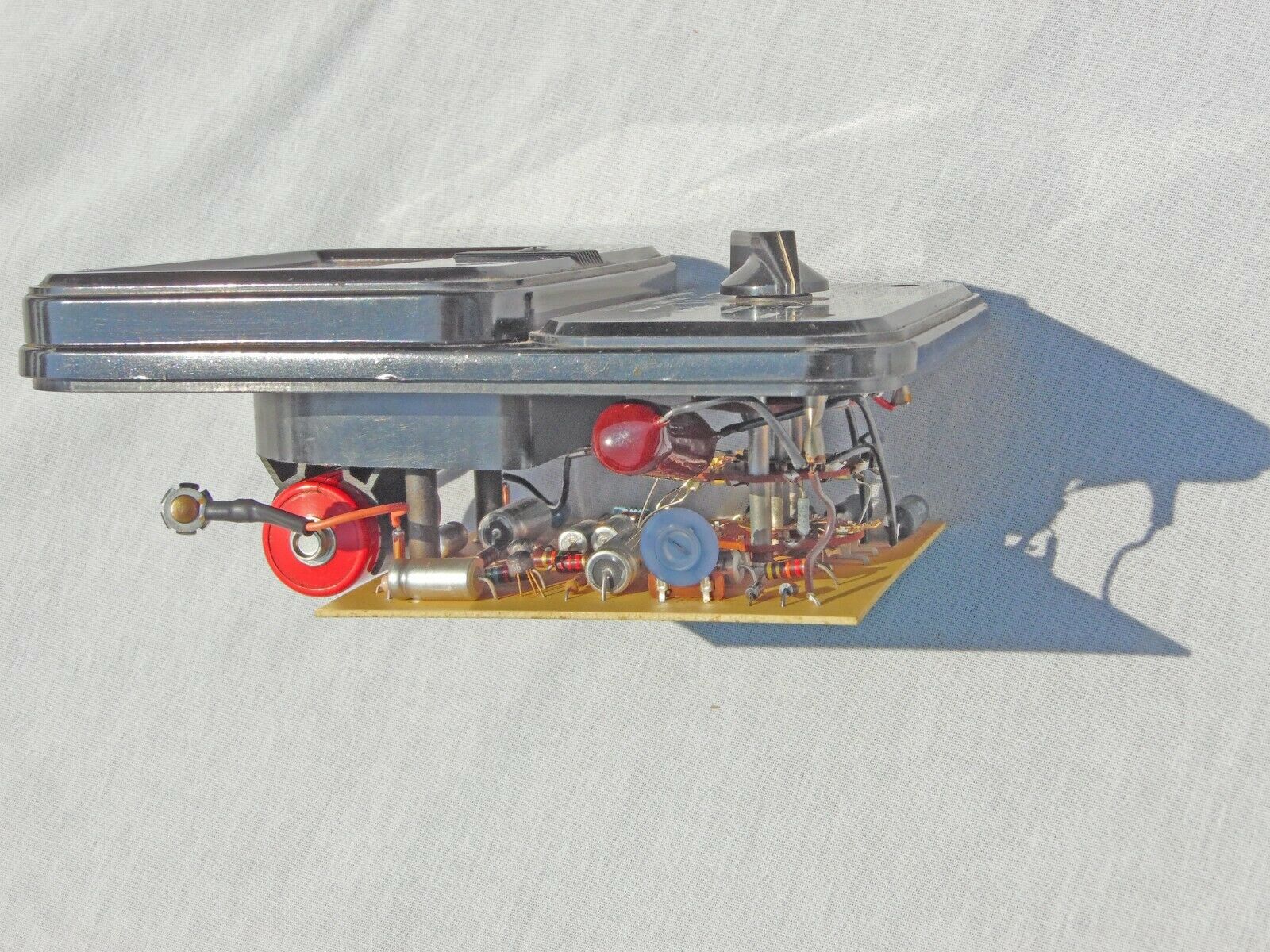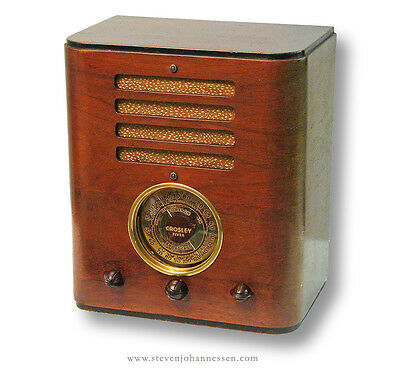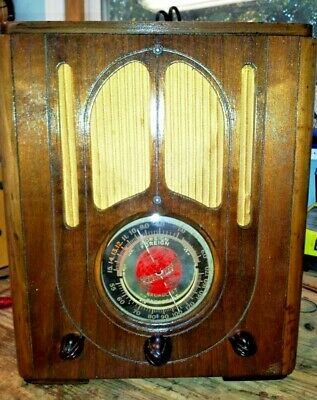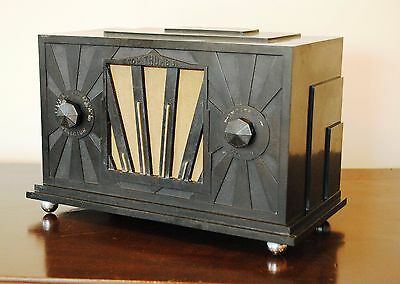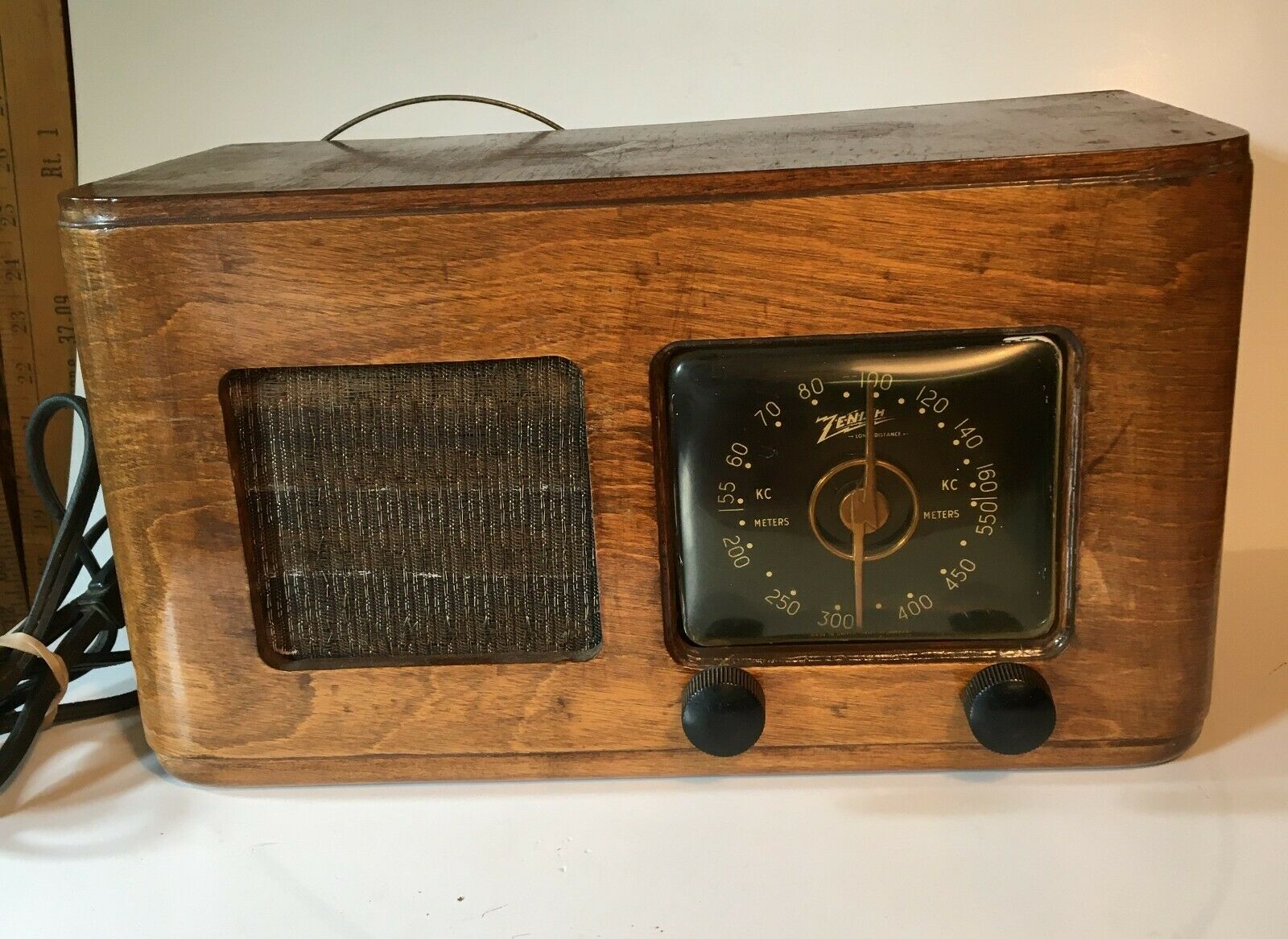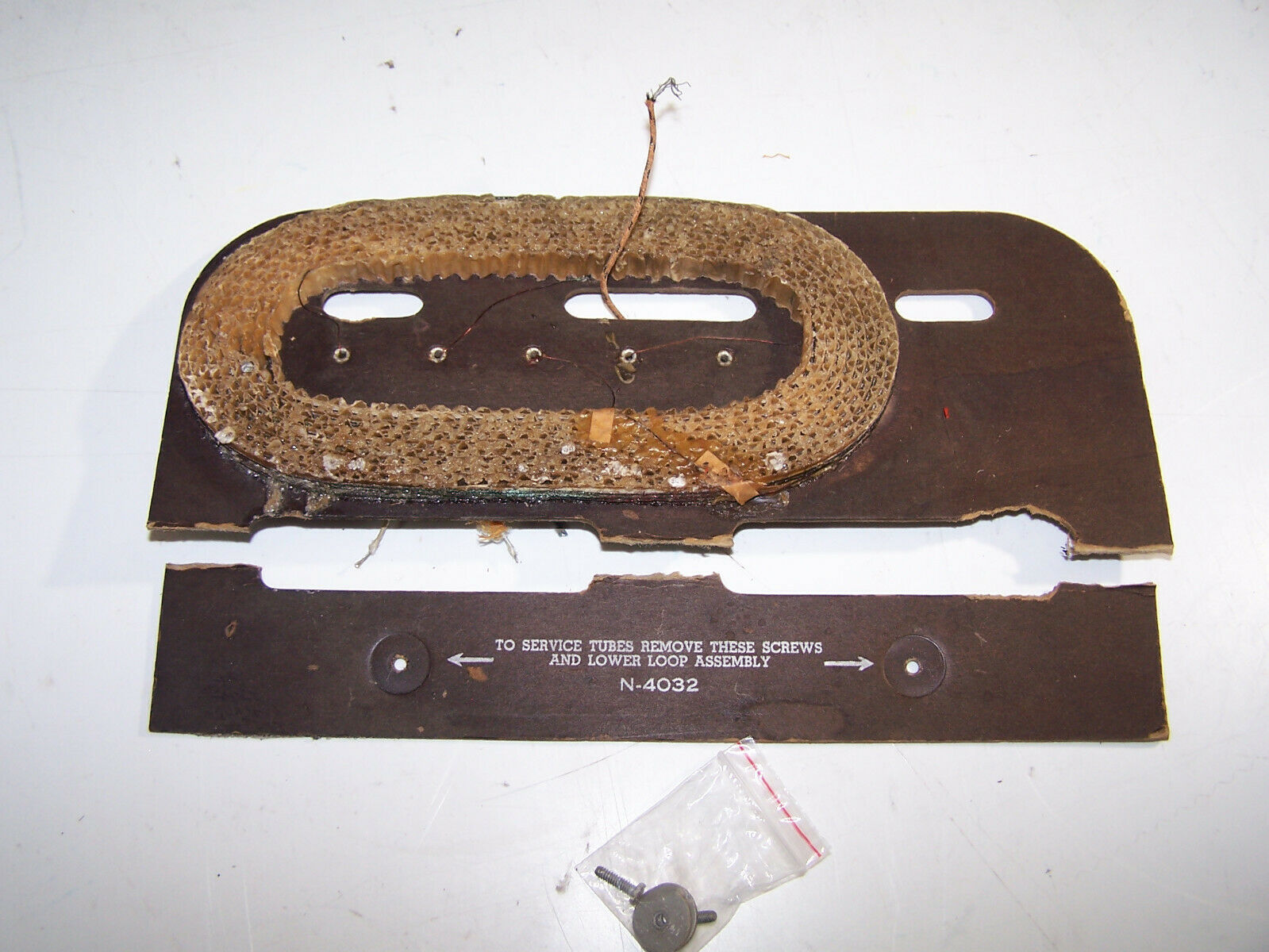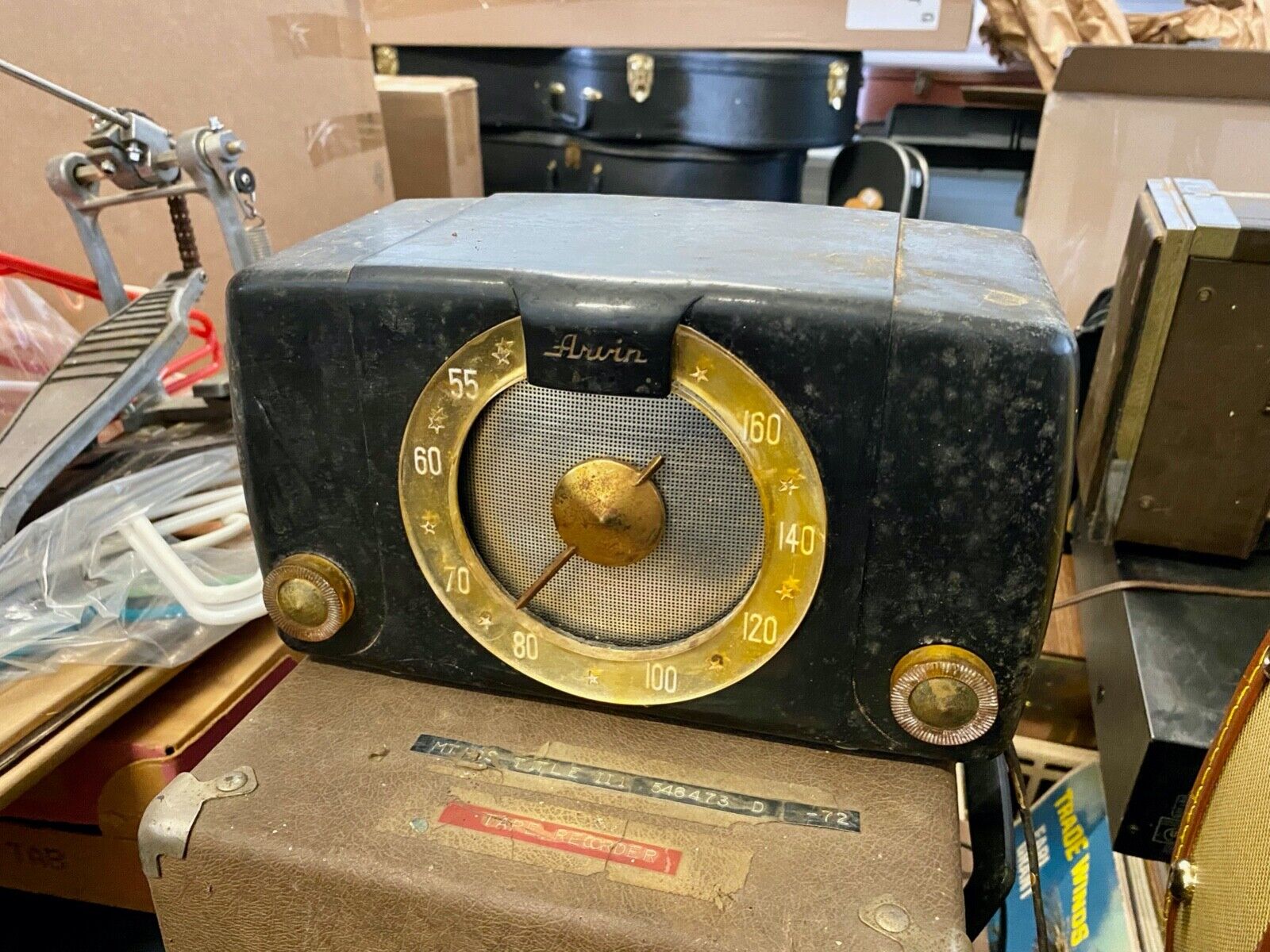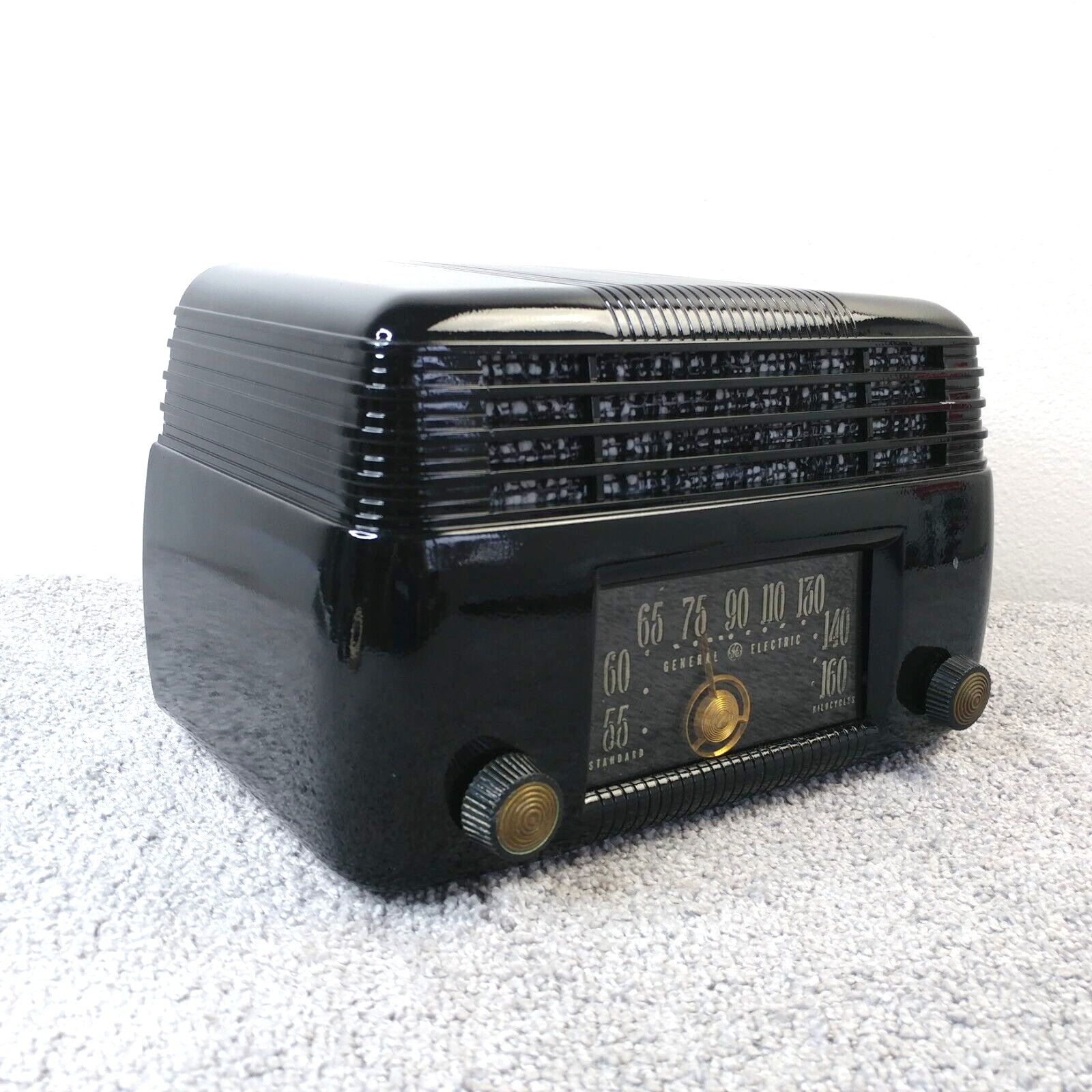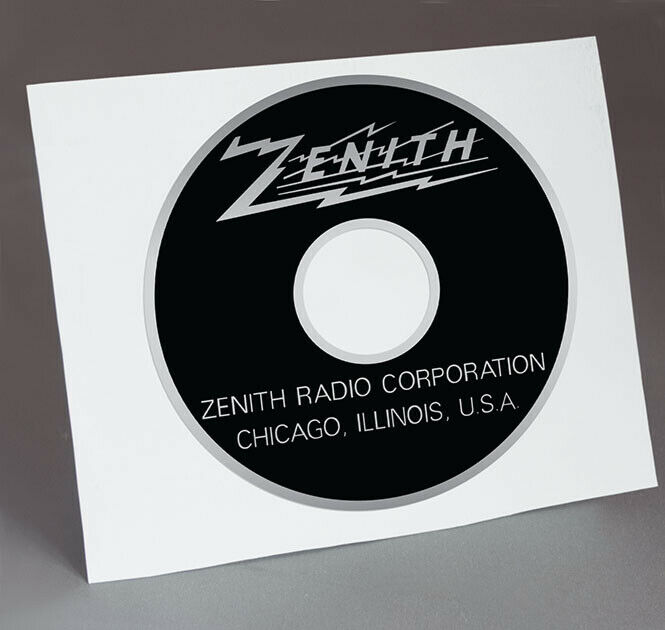-40%
Simpson Model 229-2 Shock Hazard Tester for Old Radios, Appliances, etc.
$ 5.28
- Description
- Size Guide
Description
If you work on old tube radios, you are probably well aware of the shock hazards they can present. In many cases, just reversing the plug in the socket can go from safe to deadly by just that one little move! And, that´s the way they came from the factory; now add in all the unknown amateur "repairs", other changes, component degradation, etc. over the years, and you can see why the "pros" always say to NEVER JUST PLUG IN AN OLD RADIO! before doing all sorts of preliminary testing.This little meter is specifically designed to tell you right away whether your radio (or refrigerator, microwave, blender, etc.) offers risk of shock, fire, or other unpleasantness due to power line "leakage", especially onto exposed parts or other areas you might end up touching while using or troubleshooting them. Just connect the "GROUND" terminal of the tester to any earth ground, and connect the "+" to your test lead (standard "banana" plugs, turn the selector switch to "SHORT TEST", and check whether the needle deflects into the red "SHORT" zone.
If you do find leakage, and you want to measure just how much, there are four scales: 10 mA, 3 mA, 1mA and 0.3 mA full-scale. I have personally never had much use for those quantitative measurements; If I get ANY significant leakage reading, I figure better fix the problem before proceeding, PERIOD!
I have been using this tester for more than ten years, and it has always performed perfectly, including at least three instances where I likely would have had a problem had I not used it.
Included in this listing is a pdf-format
copy of the Operator´s Manual
on a USB flash drive.
No battery, leads, carrying strap or soft case are included.
I am aware of the following issues:
1. Last time I needed to replace the battery (Eveready 226 / NEDA 1600), the price and availability were problematic. So, I have been using a jury-rigged connection to a "standard" rectangular 9 Volts transistor battery. Of course, the ideal solution would be to change out the existing battery leads for a new pair designed specifically for the cheaper and more available battery design.
2. The latest laboratory calibration date sticker is dated August 8, 1994, with a "due" date of August 8, 1995. I suspect that laboratory calibration, "traceability" and such would be of interest mainly for "government" / regulatory work, not so much for hobbyist-type radio / appliance repair.
3. There are what appear to be property inventory or similar identification numbers engraved into the plastic of the meter bezel.


